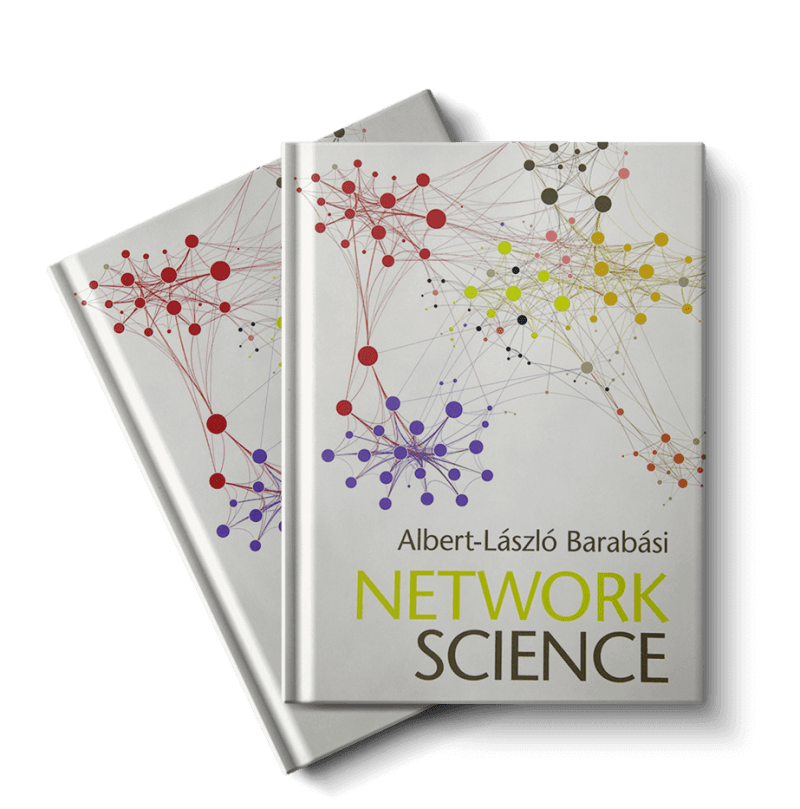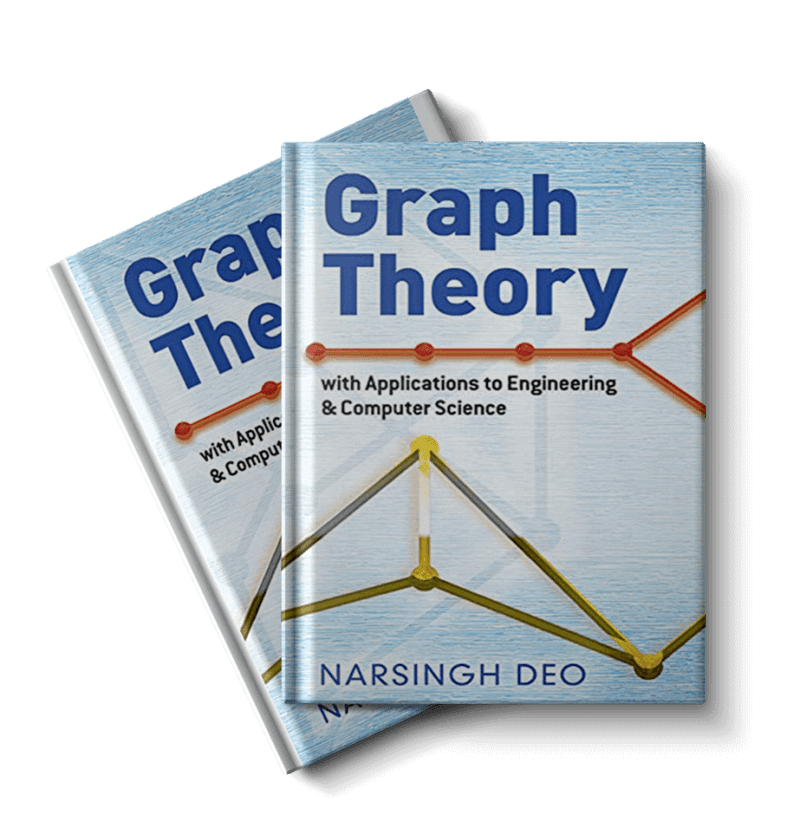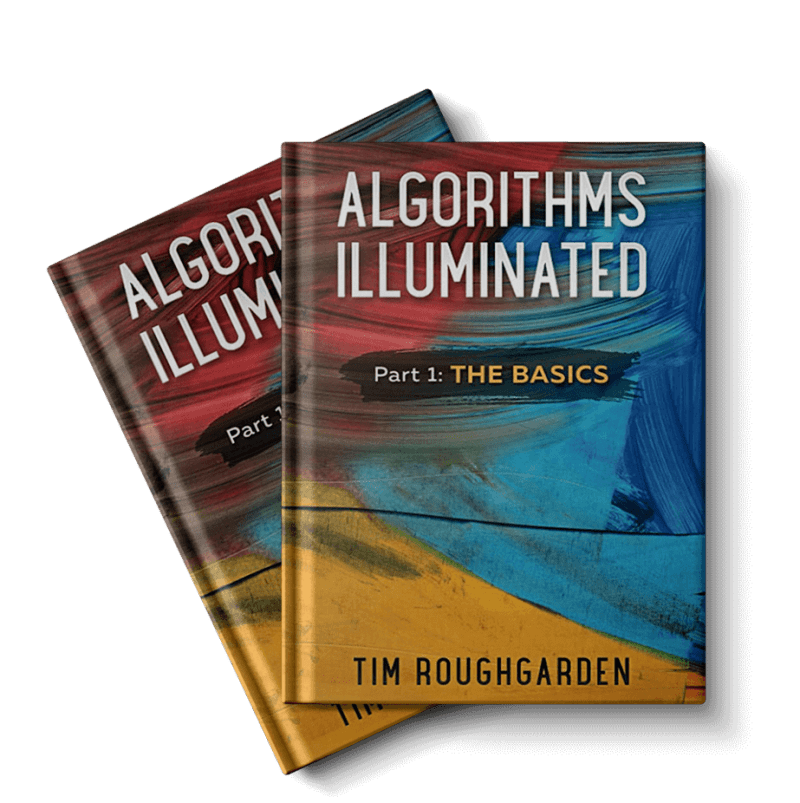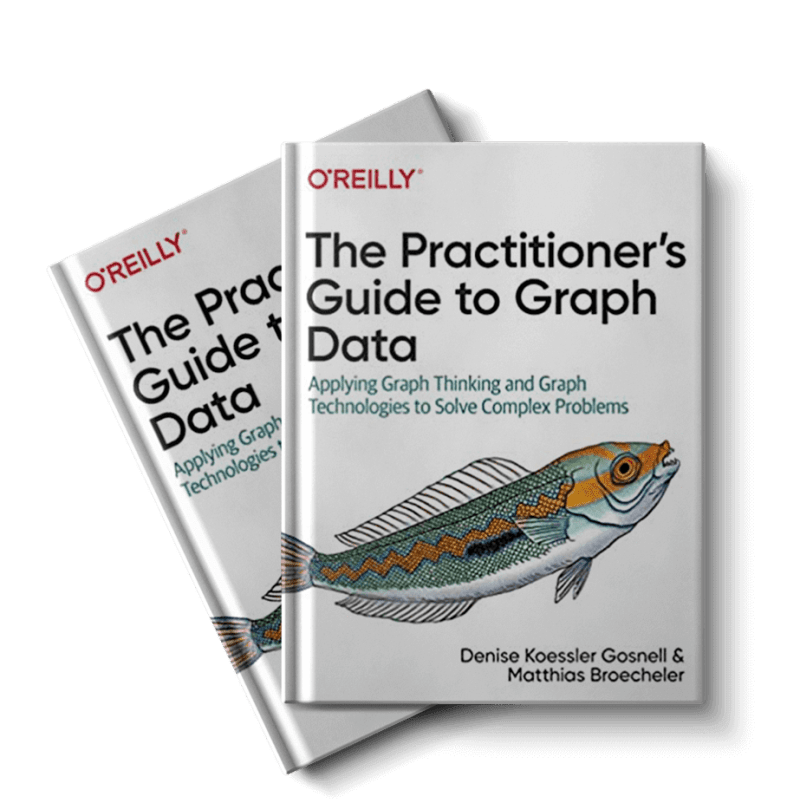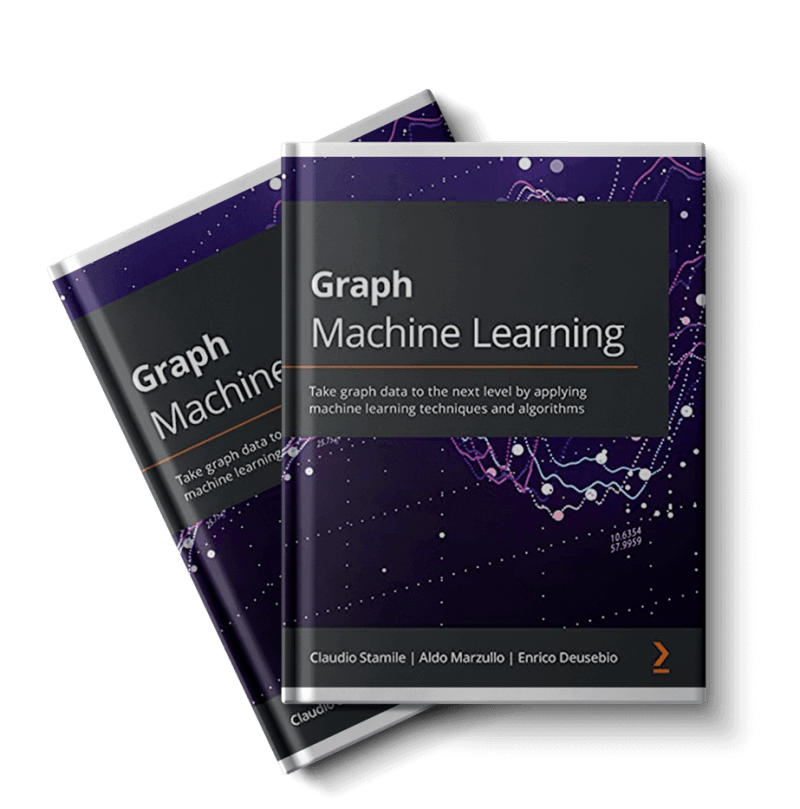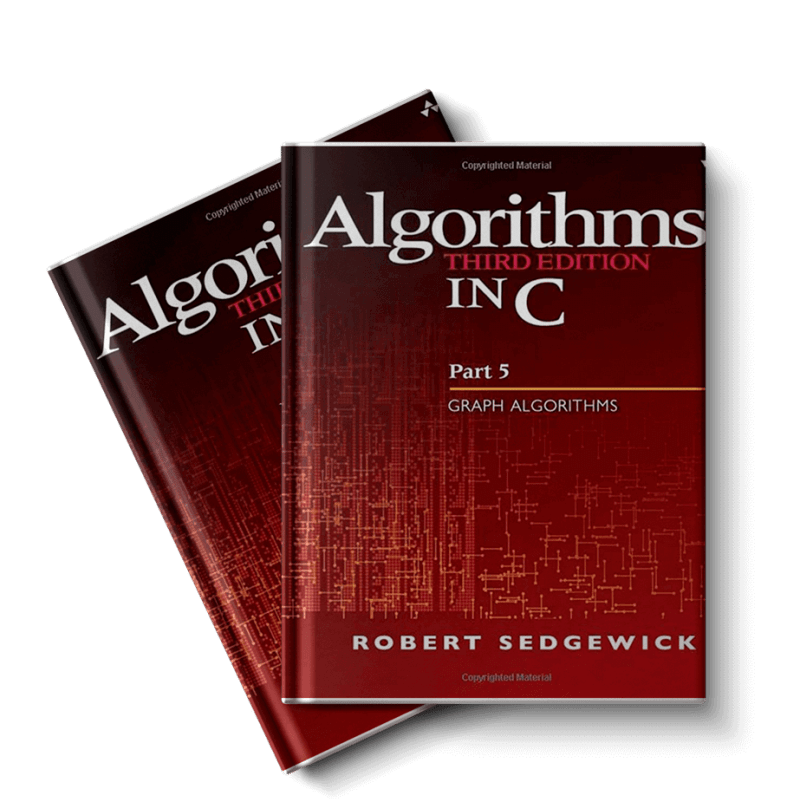Top 7 Graph Algorithm Books You Should Know About

Ani Ghazaryan
Posted on July 3, 2023

In the ever-changing scene of computer science and data analysis, graph algorithms are pivotal for understanding and solving complex problems. From network analysis to social media recommendations, they find applications in a lot more domains than you can possibly fathom. So how to find credible sources to help you apply graphs to your use case? We’ll save you a headache: prepare to make note of these 7 books and e-resources in the bonus section.
Network Science by Albert-László Barabási
Network Science by Albert-László Barabási is a comprehensive exploration of the field of network science. The book delves into the intricate study of complex systems, where connections between entities play a fundamental role in shaping their behavior. Barabási, a renowned physicist and network scientist, offers a captivating journey through the theoretical foundations, empirical findings, and practical applications of network science. By blending mathematical rigor with engaging storytelling, Barabási elucidates the intricate principles underlying the emergence of collective phenomena in complex systems.
The book is an excellent resource for researchers, students, and professionals interested in understanding the hidden patterns and dynamics that underpin our interconnected world. Its accessible style and interdisciplinary approach make it suitable for readers from diverse fields, including physics, computer science, biology, sociology, and economics.
Topics covered: Graph theory, random networks, the scale-free property, the Barabási-Albert model, evolving networks, degree correlations, network robustness, communities, and spreading phenomena.
Date published: 2016
Graph Theory with Applications to Engineering and Computer Science by Narsingh Deo
This book is a practical guide that explores the fundamental concepts and applications of graph theory in the realms of engineering and computer science. The author, Narsingh Deo, a prominent computer scientist, presents the material in a way that’s accessible to both beginners and advanced readers. With a strong emphasis on real-world applications, Graph Theory with Applications to Engineering and Computer Science demonstrates how graphs can be effectively utilized in solving complex problems in areas such as computer networks, database systems, optimization, circuit design, and software engineering.
Whether you are a student, researcher, or practitioner in engineering or computer science, this book is an invaluable resource, providing a solid foundation in graph theory and equipping you with the tools to apply knowledge to practical problem-solving.
Topics covered: Paths and circuits, trees and fundamental circuits, cut-sets and cut-vertices, planar and dual graphs, vector spaces of a graph, matrix representation of graphs, coloring, covering, partitioning, directed graphs, enumeration of graphs, algorithmic graph theory and computer programs, graphs in switching and coding theory, electrical network analysis by graph theory, graph theory in operations research, and survey of other applications.
Date published: 2016
Algorithms Illuminated: Book Series by Tim Roughgarden
Algorithms Illuminated is a captivating book series that explores the world of algorithms with clarity and depth. Authored by Tim Roughgarden, a renowned computer scientist, and educator, this series offers an introduction to key algorithms and data structures. Each book in the series combines intuitive explanations with rigorous analysis, enabling readers to grasp the underlying concepts and appreciate the power of each algorithm presented.
With its emphasis on illuminating the thought process behind algorithmic problem-solving, Algorithms Illuminated is a well-crafted resource for students, computer science enthusiasts seeking to strengthen their skills, and even instructors.
Topics covered: Graph algorithm basics, algorithms and data structures, greedy algorithms, and dynamic programming, and algorithms for NP-hard problems.
Date published: 2017-2020
The Practitioner's Guide to Graph Data by Denise Gosnell Ph.D., Matthias Broecheler Ph.D.
The book offers insights into graph-based data modeling techniques, enabling you to represent complex relationships and dependencies more accurately. As an indispensable resource for graph developers, the chapters of the book are accompanied by real-world examples that bridge the gap between theory and practice. The Practitioner’s guide also delves into various graph database technologies and explores the efficient retrieval and manipulation of graph data.
With its emphasis on practical applications, including social networks, recommendation systems, fraud detection, and network analysis, this guide is essential for anyone working with graph data and seeking to leverage its potential in a professional environment.
Topics covered: Graph thinking, evolving from relational to graph thinking, getting started: a simple customer 360, exploring neighborhoods in development and production, using trees in development and production, finding paths in development and production, recommendations in development and production, and simple entity resolution in graphs.
Date published: 2020
Graph Representation Learning by William L. Hamilton, Rex Ying, and Jure Leskovec
Graph Representation Learning is nothing less but a refined exploration of methods and techniques for effectively embedding and learning representations from graph-structured data. With a focus on both theory and practical applications, the authors equip readers with the knowledge and tools to tackle tasks such as node classification, link prediction, and graph clustering.
The approaches covered in the book make it an excellent resource for researchers, graduate students, data scientists, and practitioners interested in the fields of machine learning, data mining, network analysis, and artificial intelligence.
Topics covered: The encoder-decoder perspective, embedding nodes, embedding subgraphs, challenges to future progress, and important open graph problems.
Date published: 2017
Graph Machine Learning: Take Graph Data to the Next Level by Claudio Stamile, Aldo Marzullo, Enrico Deusebio
Graph Machine Learning: Take Graph Data to the Next Level is an essential guide that empowers readers to unlock the full potential of graph data and extract valuable insights. The authors, experts in the field, provide in-depth explanations and practical examples that cater to both beginners and experienced practitioners. It explores advanced graph analytics techniques, such as community detection, centrality measures, and graph similarity, enabling you to uncover hidden patterns and make informed decisions. The book also dives into advanced graph algorithms, optimization strategies, and visualization techniques to help you extract actionable insights from complex graph datasets.
Graph Machine Learning is for anyone seeking to boost their proficiency in working with graph data, which makes it an asset for professionals in the fields of data analytics, network analysis, and machine learning.
Topics covered: Getting started with graphs, graph machine learning, unsupervised graph learning, supervised graph learning, problems with ML on graphs, advanced applications of graphs, building a data-driven graph-powered application, and novel trends on graphs.
Date published: 2021
Algorithms in C, Parts 1-5: Fundamentals, Data Structures, Sorting, Searching, and Graph Algorithms by Robert Sedgewick
The series Algorithms in C++ is a timeless resource for learning and implementing fundamental algorithms. With a focus on practical implementation and efficiency, Robert Sedgewick provides elaborate explanations and examples using the C++ programming language. This series of books is ideal for programmers, computer science students, and professionals who want to strengthen their algorithmic skills and gain a solid understanding of how to design and analyze efficient algorithms.
It serves as a great reference for those seeking to build robust and performant software systems and is widely regarded as a classic in the field of computer science.
Topics covered: Algorithmic analysis, data structures, sorting algorithms, search algorithms, and graph algorithms.
Date published: 2001-2020
Bonus section: Other Rresources
Given how dynamic the graph industry is, it is best to extend your sources of knowledge into e-resources. Here are a few places you should consider looking keeping an eye on.
Websites and online courses
- Memgraph: Memgraph playground, Memgraph blog
- Coursera: Algorithms on graphs
- edX: Graph algorithms
- Udemy: Graph theory algorithms
- Khan Academy: Units on graphs
Research papers and publications
Lecture notes and slides
- MIT OpenCourseWare: Intro to algorithms
- University Sites: Check the websites of renowned universities, such as Stanford, Princeton, and MIT, for lecture notes and course materials on graph algorithms.
Online communities and forums
- Stack Overflow: Graph algorithms, Memgraph
- Memraph community: Discord
- DEV community: Graph algorithms
- Hackernews: Ask HN
- Reddit:
Wrap up
We hope the top seven graph algorithm books featured in this article will give you an extra spark of curiosity to further explore graphs. Whether you're just starting out or already well-versed in the subject, the books offer a treasure trove of knowledge, practical tips, and innovative approaches that are sure to boost your understanding and skills. So, go ahead, grab your copy, and embark on a captivating graph algorithmic adventure. Happy reading!

Posted on July 3, 2023
Join Our Newsletter. No Spam, Only the good stuff.
Sign up to receive the latest update from our blog.
